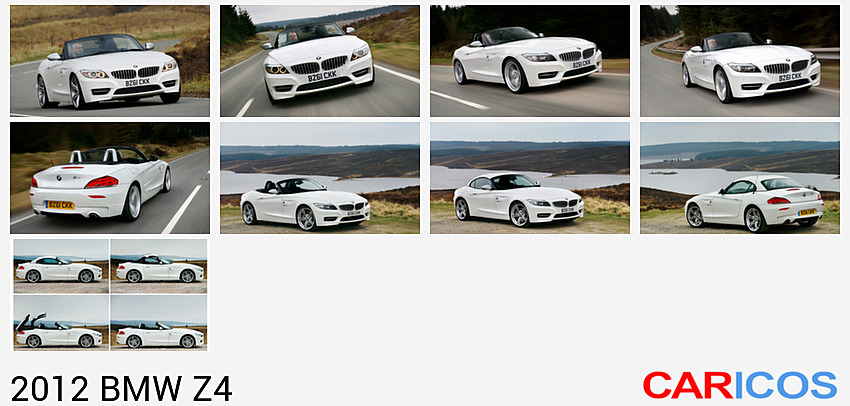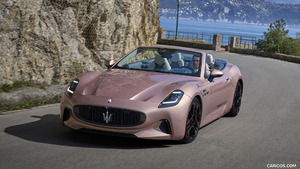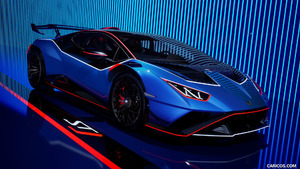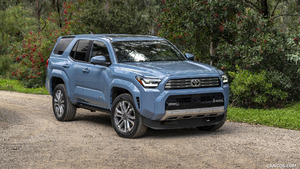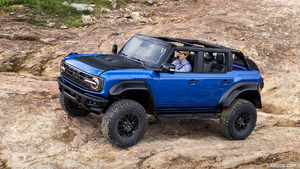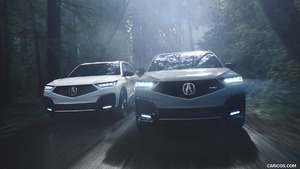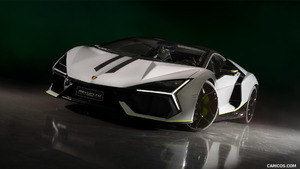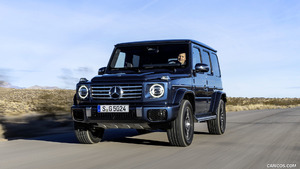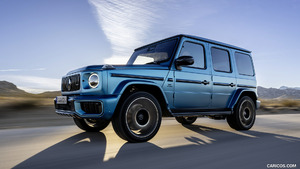BMW Z4 sDrive20i and BMW sDrive28i
There might be 80 years separating them but BMW’s first roadster was also a four-cylinder affair – albeit it with slightly less horsepower, unrecorded emissions and without the sheer driving dynamics of modern car that now presents itself. But the 3/15 PA Wartburg Roadster of 1930 was memorable for some of the design language it started for BMW – namely a setback glasshouse, front engine rear-wheel-drive configuration with the two seats positioned close to the rear axle.
The Wartburg Roadster was named after the castle that towered over the company’s Eisenach plant and was an open two-seater featuring a folding windscreen, low doors and an 18bhp 748 cc engine. By comparison the latest roadster from BMW comes with a choice of four petrol engine variants with the new sDrive20i and sDrive28i heralding a new entry-level to two-seat sports car ownership of BMWs for some.
|
Model |
Power Hp |
Torque Nm |
0 – 62mph Seconds |
Top Speed Mph |
Combined Mpg |
CO2 Emissions g/km |
|
BMW Z4 sDrive20i |
184 |
270 |
6.9 |
146 |
41.5 |
159 |
|
BMW Z4 sDrive28i |
245 |
250 |
5.7 |
155* |
41.5 |
159 |
| * Electronically limited | ||||||
Drivetrain
The BMW Z4 will build on its status as the sportiest roadster with a folding metal roof thanks to the introduction of two new engines. A new all-aluminium 2.0-litre four-cylinder unit, featuring BMW’s acclaimed twin-turbo technology, debuts in two guises. The new engines will appear in sDrive20i and sDrive28i versions of the Z4, replacing the former sDrive23i and sDrive30i models.
Both engines use BMW’s EfficientDynamics technologies to increase driver enjoyment while simultaneously lowering fuel consumption and emissions. The BMW Z4 sDrive20i and BMW Z4 sDrive28i employ the twin-scroll turbocharger technology, High-Precision Direct Injection, VALVETRONIC variable valve control and double-VANOS camshaft control previously only seen in six-cylinder BMWs. This gives greater turbo boost pressure and improved operation of the fuel injection system. Both are characterised by instant throttle response, linear power delivery and supreme flexibility across almost the entire rev range.
As with all modern BMWs the marque has managed to improve one aspect of performance while reducing other parts to our favour. BMW has achieved 20 per cent reductions in fuel consumption and CO2 emissions compared to the engines the new powerplants replace.
Aiding the two new engines in this goal have been features offered as standard such as Brake Energy Regeneration, on-demand management of ancillary units, a map-controlled oil pump, an Optimum Gearshift Indicator, optimised aerodynamics, intelligent lightweight construction (magnesium/aluminium crankcase) and tyres with reduced roll resistance.
All engines in the Z4 comply with the EU5 emission standard.
Chassis
BMW always adheres to the guiding principle of near perfect 50:50 weight distribution and the new BMW Z4 is no different. Its configuration is classic roadster with a long bonnet covering a front engine while the driver and passenger sit close to the rear axle where power is transmitted to the road. Building on this winning formula is the addition of a two features called Drive Dynamic Control and M Adaptive Sport Suspension.
Standard on every BMW Z4 is Drive Dynamic Control which allows the driver to fine tune the car to their preferred set-up. The driver can configure the car to be in Normal, Sport or Sport+ modes via the button the centre console. The chosen performance criteria affects the throttle and steering response, Dynamic Stability Control response and, on automatic or Double Clutch Transmission cars, gear change times and shift points are altered.
Those customers who select the optional Adaptive M Sport Suspension can also vary the level of ride comfort with Drive Dynamic Control. Adaptive M Sport Suspension features electronically controlled dampers that further enhance the BMW Z4’s agility. A car fitted with this innovative suspension also has a 10mm lower ride height for even more precise response to steering manoeuvres.
Design
BMW’s latest roadster is larger than its predecessor measuring 148mm longer at 4,239mm and 9mm wider at 1,790mm, and this results in greater interior space and luggage capacity. With the roof up, headroom has been increased by 44mm while the greater car width and design enhancements have led to 20mm more shoulder room and 43mm more elbow room.
Driver visibility in the BMW Z4 has also been improved compared to the previous model. All round visibility is up by 14 per cent while, courtesy of the four electric windows creating a larger glasshouse, side visibility is up 40 per cent. The Retractable Hard-Top roof features a glass rear window and this too improves visibility by 52 per cent.
Like all existing BMW Roadsters, the new Z4 is well-prepared for a rollover. It offers not only an extremely stiff body structure, but also massively reinforced A-pillars and a rollover safety bar behind the headrests. And last but not least, head/thorax airbags integrated in the seat backrests offer additional protection.

